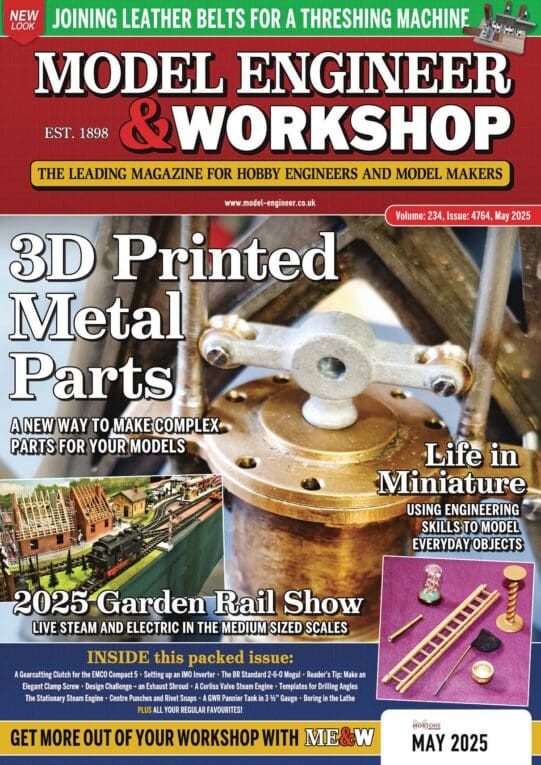Myford Super7 Leadscrew Accuracy problem
Myford Super7 Leadscrew Accuracy problem
- This topic has 15 replies, 7 voices, and was last updated 31 December 2009 at 17:45 by
mgj.
Viewing 16 posts - 1 through 16 (of 16 total)
Viewing 16 posts - 1 through 16 (of 16 total)
- Please log in to reply to this topic. Registering is free and easy using the links on the menu at the top of this page.
Latest Replies
Viewing 25 topics - 1 through 25 (of 25 total)
-
- Topic
- Voices
- Last Post
Viewing 25 topics - 1 through 25 (of 25 total)
Latest Issue
Newsletter Sign-up
Latest Replies
- “What about the drains in Finchley?”
- 3D Filament Printer Upgrade
- How many rings per piston?
- Kia Ora from the bottom of the world. Tool hoarder & enthusiast.
- brierley drill grinder
- bolts harness and head shearing?
- Imperial Bearing Surprise!
- S&B Sabel lathe quick change tool post
- LMS 2F Experiences
- Spindle speeds of tom senior s type head







